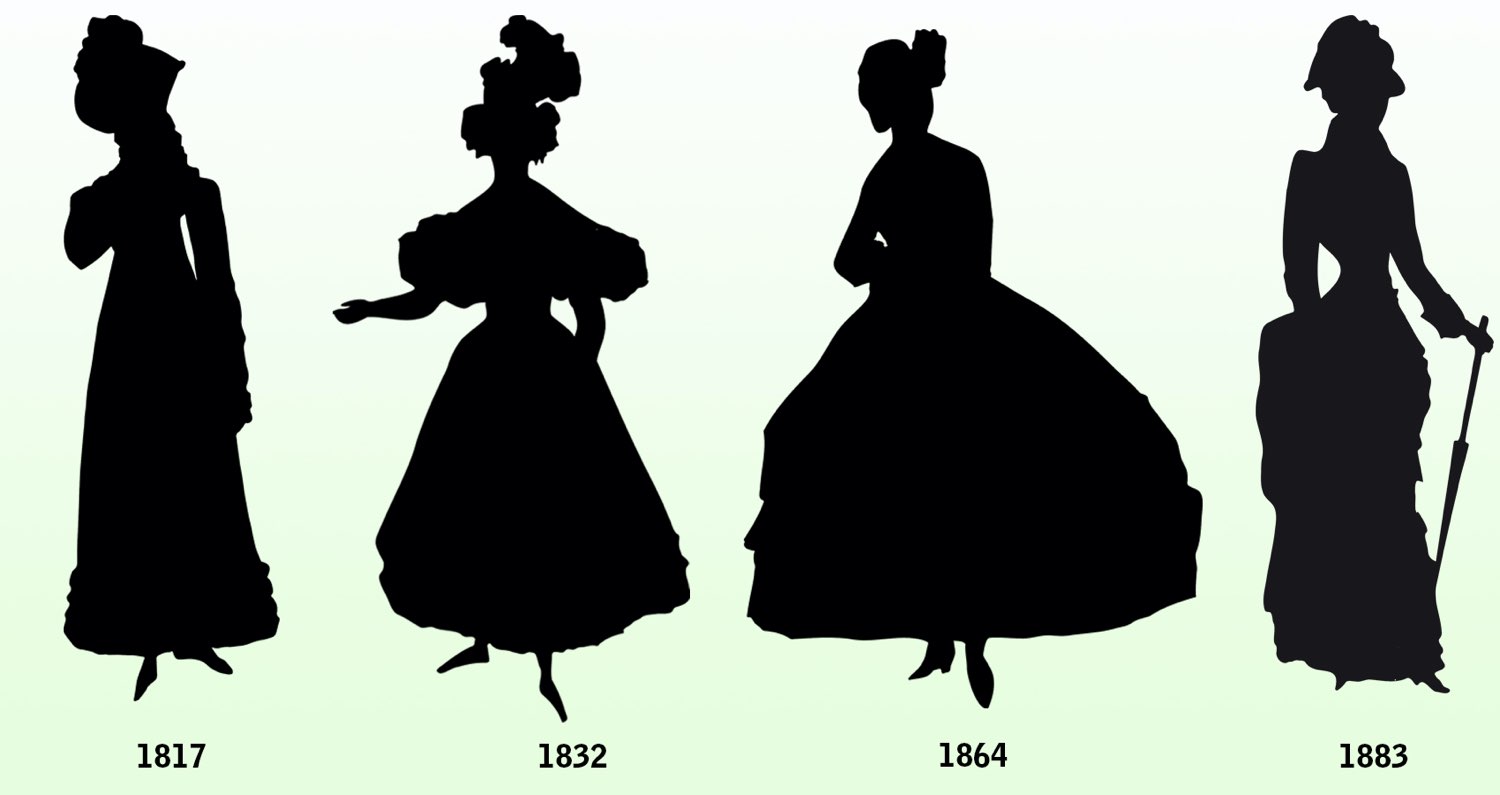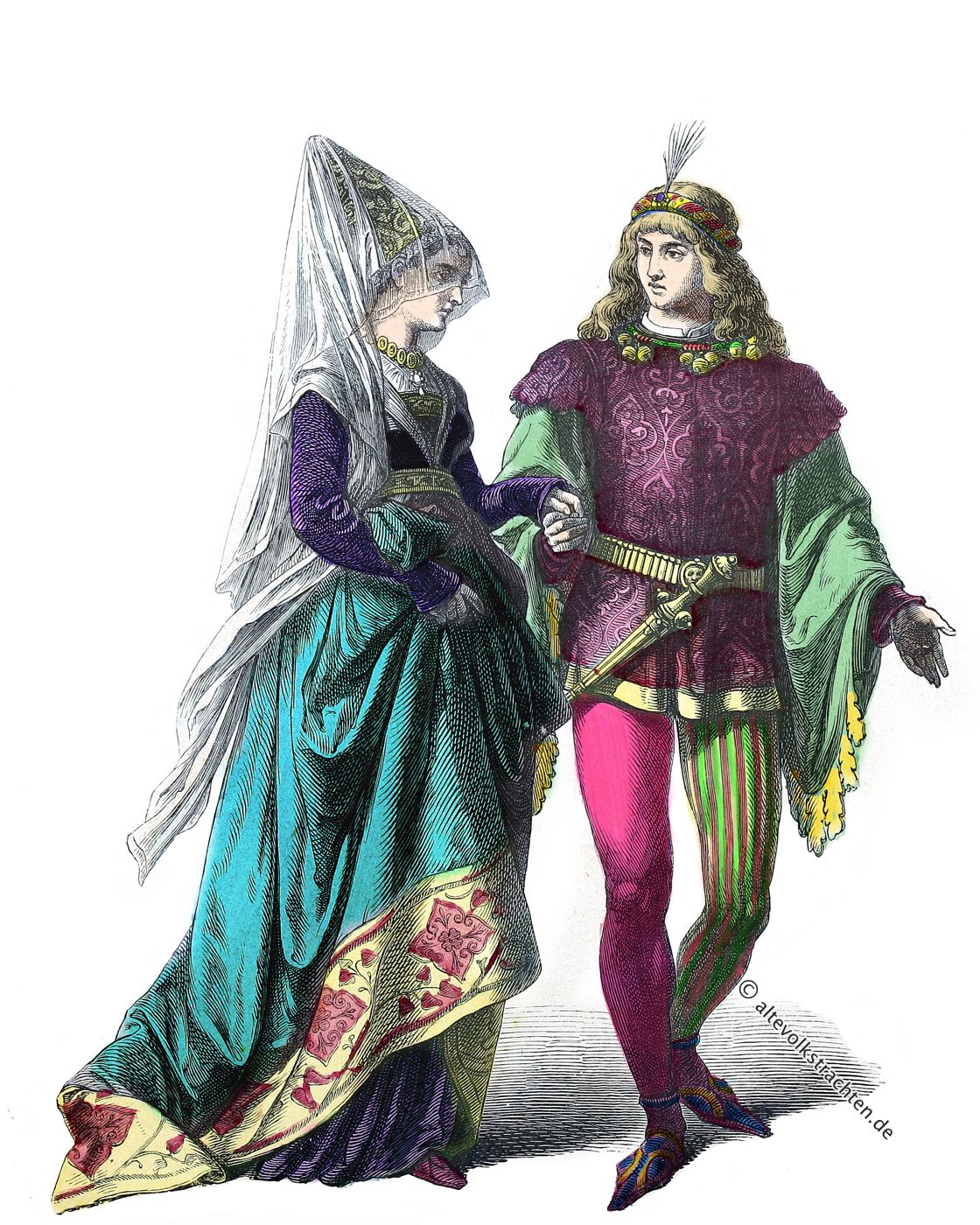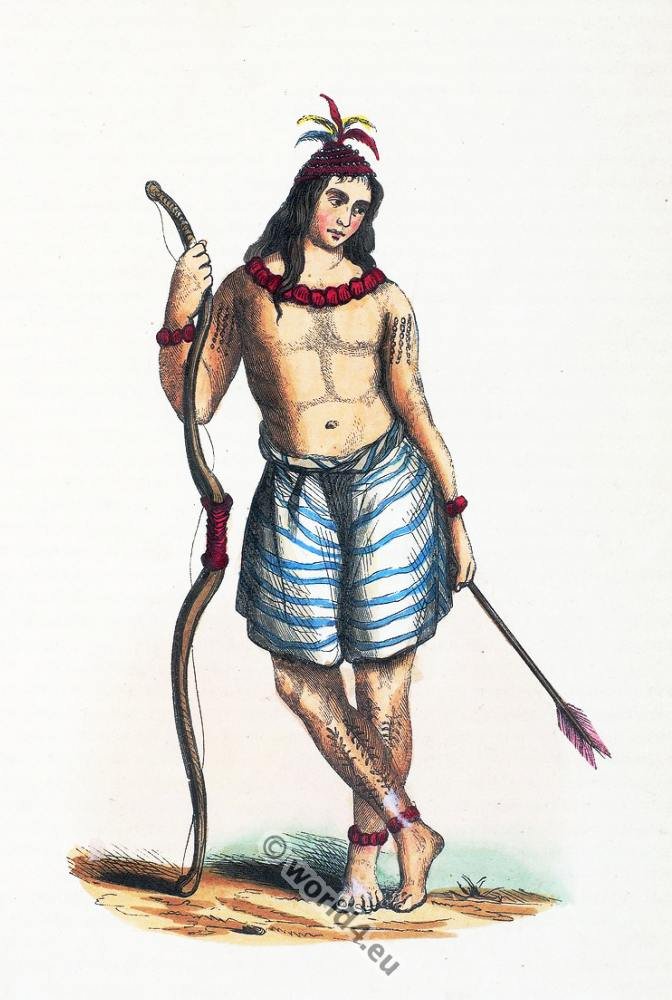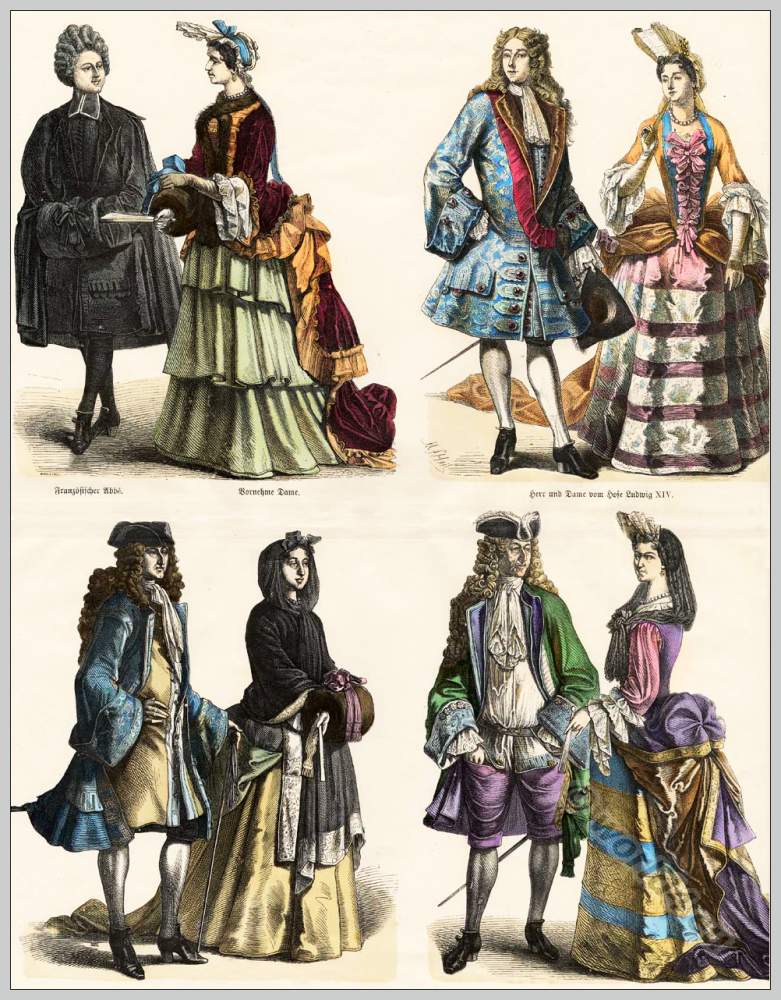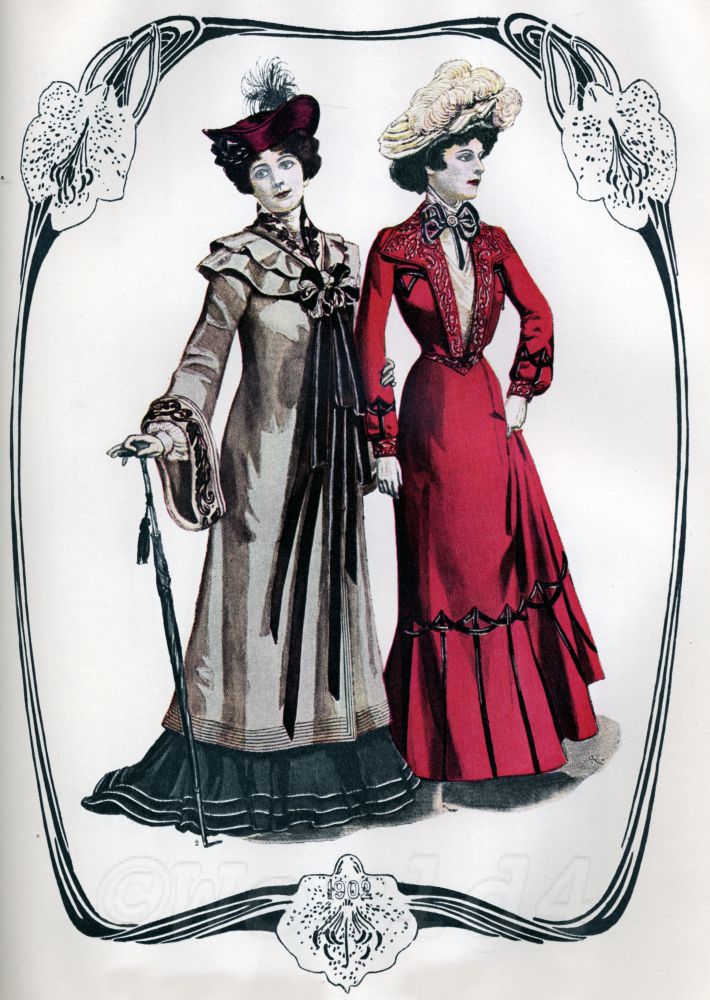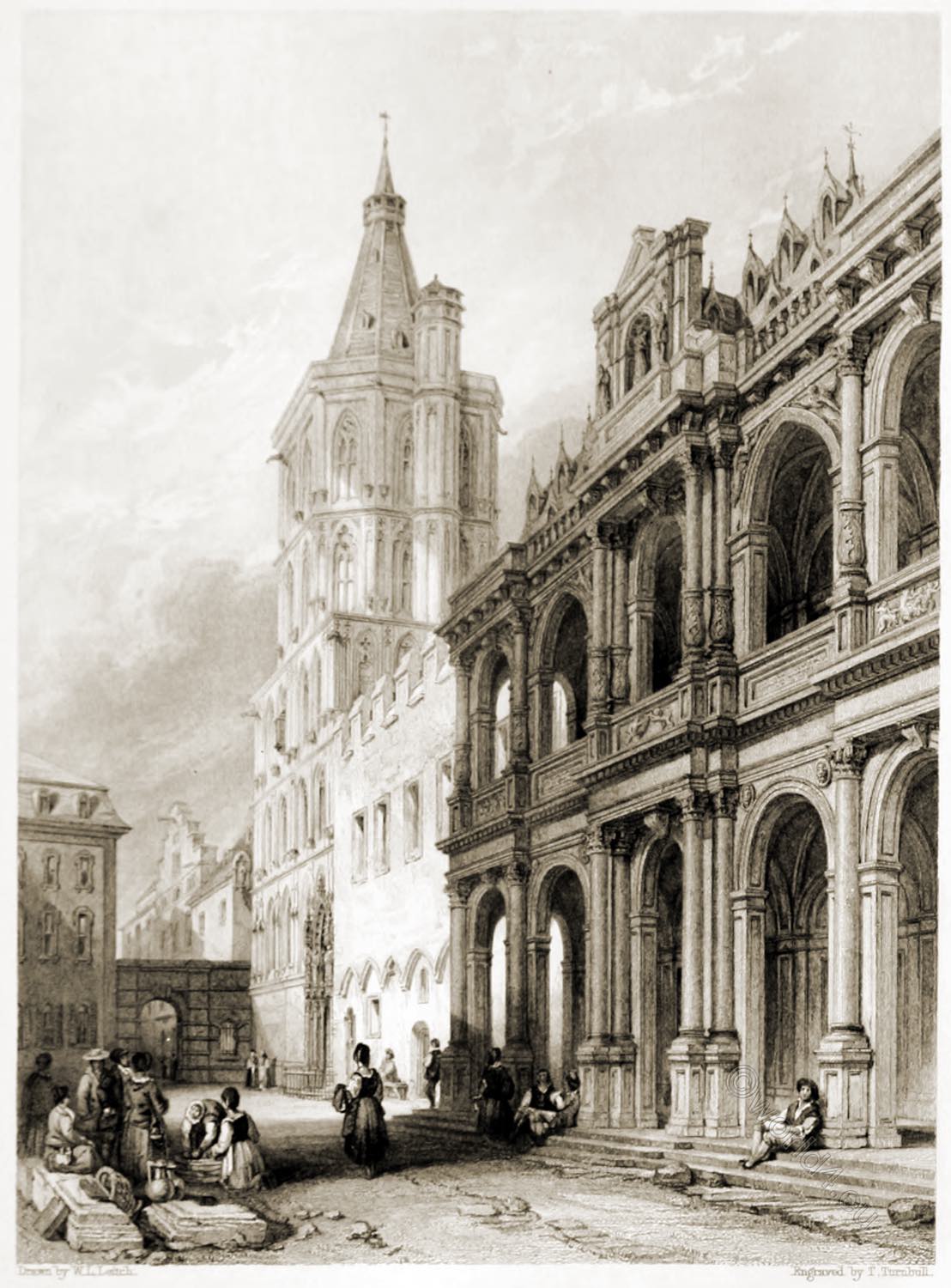
THE RHINE, ITALY, AND GREECE.
THE TOWN-HALL, COLOGNE, on THE RHINE
and the legend of the fight with the lion of the mayor Hermann Gryn
"The sceptred heralds call
To council in the city gates: anon
Greyheaded men and grave, with warriors mix'd.
Assemble, and harangues are heard."
Lost Paradies by John Milton 1667.
The “Rathaus”, or town-hall, at Cologne, is interesting, not merely from the singularity of its style, but from its connexion with the traditionary history of this ancient city. The portal, which is entirely of marble, consists of a double arcade in the Italian style, and was erected in 1571, when the classic models of Greece and Rome were first introduced into northern Europe, and began to supersede, or be incorporated with, the solemn Gothic manner.
The facade is adorned with three-quarter columns, in the Corinthian and Composite orders, and is the only elevation in Cologne designed after a classic original. The Gothic tower adjoining is of a more ancient date, having been erected in 1414, and, although ecclesiastic in external character, was designed and built as a Record Office for the safe-custody of the municipal archives.
From the lantern which covers the roof, there is a most interesting bird’s-eye view of the city, with its numerous productive gardens, and of the rich country that environs it. The apartments of the city hall are not numerous, but are highly adorned, containing several valuable paintings, a curious specimen of shell-work, and other decorations.
The Hanse Hall, or old council-hall, is a noble apartment, and possesses a peculiar degree of interest from the historic associations that belong to it Six inscriptions, by no means condensed, commemorating the principal epochs in the annals of Cologne, are inserted in the panels between the arcades, and, in that which is immediately above the centre arch of entrance is a bas-relief, representing a man struggling with a lion. This group is much effaced, but the conceit is repeated in the inner portico, where it is in the most perfect state of preservation. The subject is Hermann Gryn contending with the archbishop’s lion.
The celebrated Hermann “the forum’s champion, and the people’s chief,” was mayor of Cologne when Engelbert, the second of that name, was archbishop. For several years before the ecclesiastical ruler of this place had endeavored, both by stratagem and violence, to make such innovations upon the municipal privileges as menaced the freedom of the citizens. By exciting the worst feelings between the patricians and plebeians, the archbishop basely created an opportunity for intruding, and usurping some new right, until at last he sent an officer to seize the civic treasure in his name.
The worthy townspeople, less lavish of their persons than their purses, instantly revolted, resolved, since he could not obtain redress, to have at least vengeance, and endeavored to accomplish his object in this manner. Dissembling his rage, he had the baseness to profess admiration at the gallantry and high-heartedness of the old burgomaster, and commissioned two canons of the cathedral to wait upon and invite him to the palace, to confer upon matters of importance to the city. Hermann accepted the invitation, but, to guard against treachery, provided himself with a short, strong dagger, which he concealed about his person.
Arriving at the palace, he was shown into a retired enclosure, where the base canons informed him he would find the archbishop engaged in meditation, and anxiously desiring his assistance. The burgomaster heard the ponderous door close heavily behind him, and, as if instinctively alarmed at the silence that reigned around he drew forth his dagger. Almost at the same instant a large and furious lion sprang from its concealment upon him, irritated beyond its usual ferocity by the shouts and jeers of the false canons, who beheld the cruel sport from the walls of the enclosure.
Hermann Gryn had stood forth the city’s champion from an innate feeling of the justice of the cause and his own personal firmness; such a man, therefore, was not to be deterred by any species of danger, and, without a moment’s hesitation, folding his cloak around his left arm, he thrust it forward into the monster’s mouth, while with the dagger in his right hand, he stabbed it to the heart.
As soon as he had recovered from the exhaustion of the contest, he knelt down before the huge carcass, and offered up the incense of an honest heart, in a prayer of gratitude to the merciful God who had preserved him, — and it was while he was in this attitude that the people, who had suspected foul play, having burst open the gates and doors, reached the scene of wickedness and bore away the burgomaster in triumph. As for the canons, they were dragged to the entrance of the monastery, and there hung up in their clerical attire, just as they were found; — the place of their execution still retains the name of “The Priests’ Gate.”
Engelbert not only lost all control over the electorate from that moment, but never after dared to enter the city, while his fellow-burghers commemorated the providential escape of their master, by placing the effigies of “Hermann Gryn struggling with the archbishop’s lion,” over the entrance of the council hall.
Source: The Rhine, Italy, and Greece in a series of drawings from nature by George Newenham (1790?-1877). London: Fisher 1841.
Related
Discover more from World4 Costume Culture History
Subscribe to get the latest posts sent to your email.

